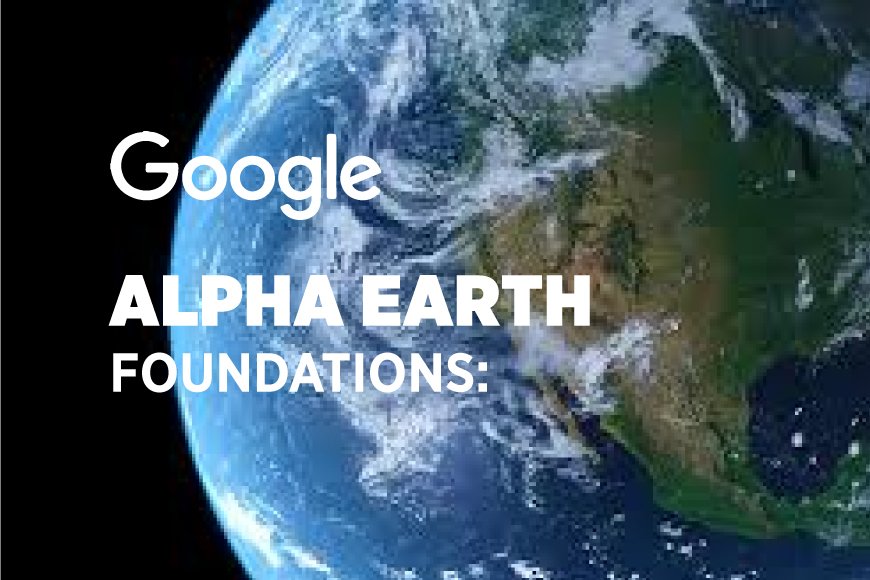Alpha Earth Foundations: Google’s AI Is Turning the Entire Planet Into a Living Digital Twin
Google DeepMind’s Alpha Earth Foundations turns global geospatial data into a dynamic digital twin of Earth — updated, compact, and ready for real-time use.

DeepMind, a Google-owned AI lab, has introduced Alpha Earth Foundations (AEF), a revolutionary AI system that creates high-resolution digital representations of our entire planet — effectively transforming Earth into a living, searchable, real-time digital twin.
The Earth is constantly monitored by satellites, climate models, drones, radar, and sensors — generating massive volumes of geospatial data. However, much of this data is unlabelled, fragmented, or incomplete, making it hard to extract actionable insights. AEF solves this by fusing all these sources into rich “embedding fields” — 10x10 meter resolution layers covering the entire globe.
Each of these layers compresses geographic, environmental, and infrastructural data into compact 64-byte vectors — a format 16x smaller than traditional models with no loss in performance. The result? Lightweight yet powerful global maps that update continuously and can generate historical insights as far back as 2017.

Even in areas with cloud cover or missing satellite imagery, AEF can fill in the blanks using learned relationships and multi-modal fusion. Its architecture — called Space-Time Precision — processes data across three dimensions: space, time, and resolution. This allows it to capture complex patterns, track changes over time, and maintain fine details that matter in scientific and policy decision-making.
What sets AEF apart is its integration of geotagged text from sources like Wikipedia. By combining raw satellite data with semantic information, AEF creates layers that are not only visual but contextual — enabling better understanding of land use, ecosystems, infrastructure, and human activity.

Already in use by organizations like the United Nations, Brazil’s MapBiomas, and environmental research teams, AEF is helping monitor deforestation, urban expansion, crop development, and ecological changes that are often invisible to the human eye.
The biggest breakthrough? AEF enables map generation for any date without waiting for new satellite passes. That means researchers and governments can access detailed, timely, and cloud-free maps on demand — leveling the playing field for smaller institutions and under-resourced regions.
Looking ahead, DeepMind aims to scale AEF to even higher resolutions, integrate more localized knowledge, and eventually build real-time “Dynamic Earth Twins” — AI-powered models of the planet that evolve continuously.


 admin
admin 





